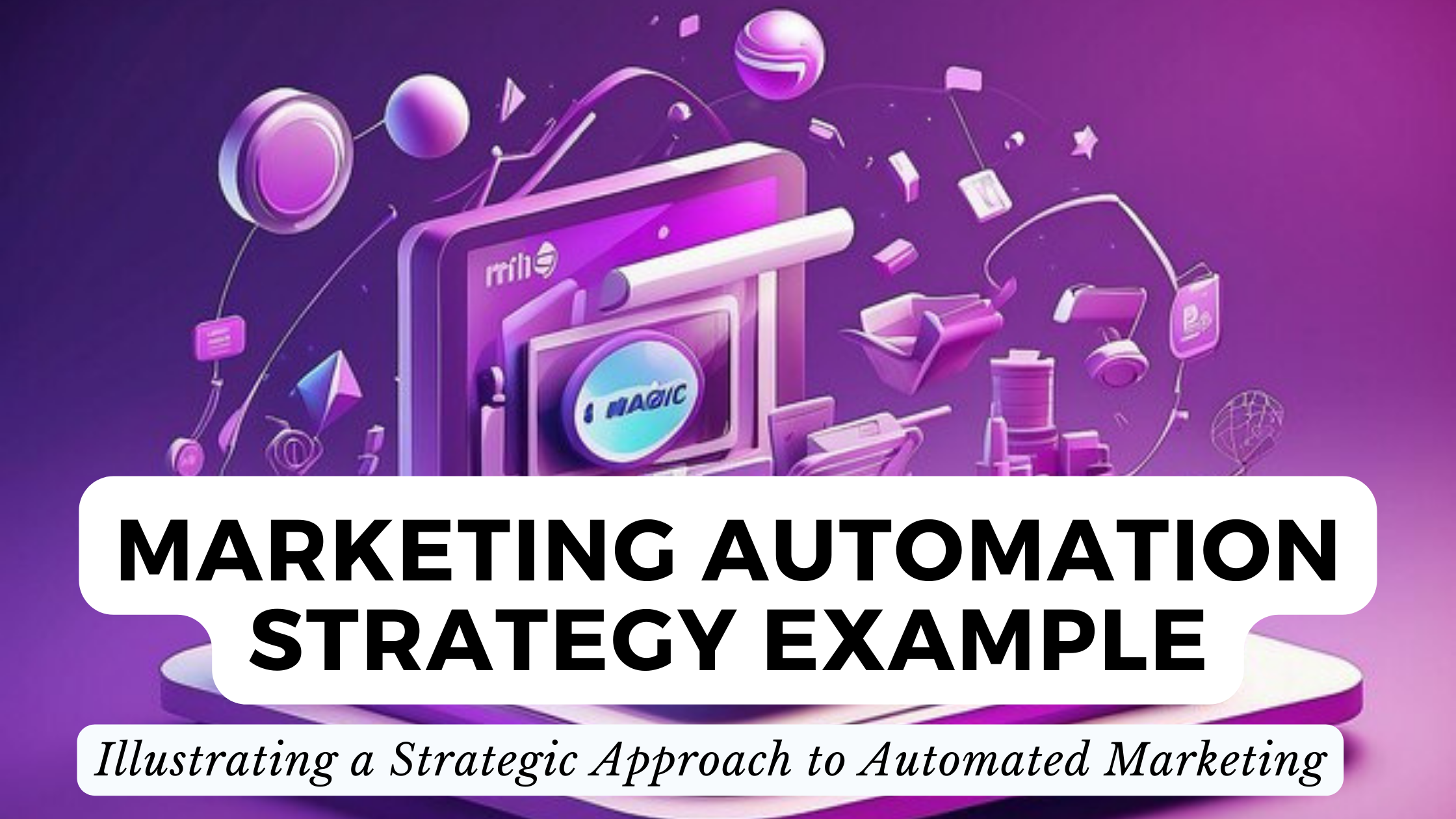Marketing Automation Strategy Example: Illustrating a Strategic Approach to Automated Marketing
- Conversational Marketing Software SEO Software Affiliate Marketing Software Marketing Tools


Marketing Automation Strategy Example: Illustrating a Strategic Approach to Automated Marketing
In the ever-evolving landscape of digital marketing, implementing a robust marketing automation strategy is a game-changer. This article unveils a comprehensive example of a strategic approach to automated marketing, shedding light on the key components that drive successful campaigns. Let’s delve into this illuminating exploration and discover how various SaaS products play a pivotal role in shaping an effective marketing automation strategy.
Understanding Marketing Automation Strategy
Marketing automation strategy involves using software and technology to streamline, automate, and measure marketing tasks and workflows. It goes beyond just automating repetitive tasks; it encompasses a strategic approach to nurture leads, personalize customer experiences, and drive engagement throughout the customer journey.
Components of a Successful Marketing Automation Strategy:
- Lead Generation:
- Utilizing automated lead generation tools to capture, score, and qualify leads based on predefined criteria.
- Segmentation and Personalization:
- Implementing segmentation strategies and personalized content delivery to resonate with specific audience segments.
- Email Marketing Automation:
- Setting up automated email campaigns for lead nurturing, onboarding, and customer retention.
- Social Media Management:
- Integrating social media automation tools for scheduled posts, social listening, and engagement tracking.
- Analytics and Reporting:
- Leveraging analytics tools to measure campaign performance, track key metrics, and optimize strategies.
SaaS Products Driving Automated Marketing Success
- HubSpot:
- A comprehensive marketing automation platform offering tools for lead generation, email marketing, and analytics.
- Mailchimp:
- Known for its user-friendly email marketing automation, Mailchimp is essential for reaching and engaging your audience.
- Zapier:
- Connects various apps and automates workflows, enabling seamless integration between different marketing tools.
- ActiveCampaign:
- A marketing automation tool that combines email marketing, automation, sales automation, and CRM.
- Buffer:
- A social media management tool facilitating automated posting, engagement tracking, and analytics.
Conclusion
The example outlined above illustrates the dynamic interplay of various components within a marketing automation strategy. By embracing automation, businesses can enhance efficiency, personalize customer interactions, and achieve marketing goals with precision.
As you embark on your marketing automation journey, Subscribed.FYI emerges as a crucial resource for managing your SaaS subscriptions. Seamlessly compare and optimize your marketing tools with exclusive Subscribed.FYI Deals, unlocking substantial savings for your marketing endeavors.
Sign up for free today and empower your marketing automation strategy with the ultimate subscription management solution, simplifying the complexities of your SaaS tools and expenses.





